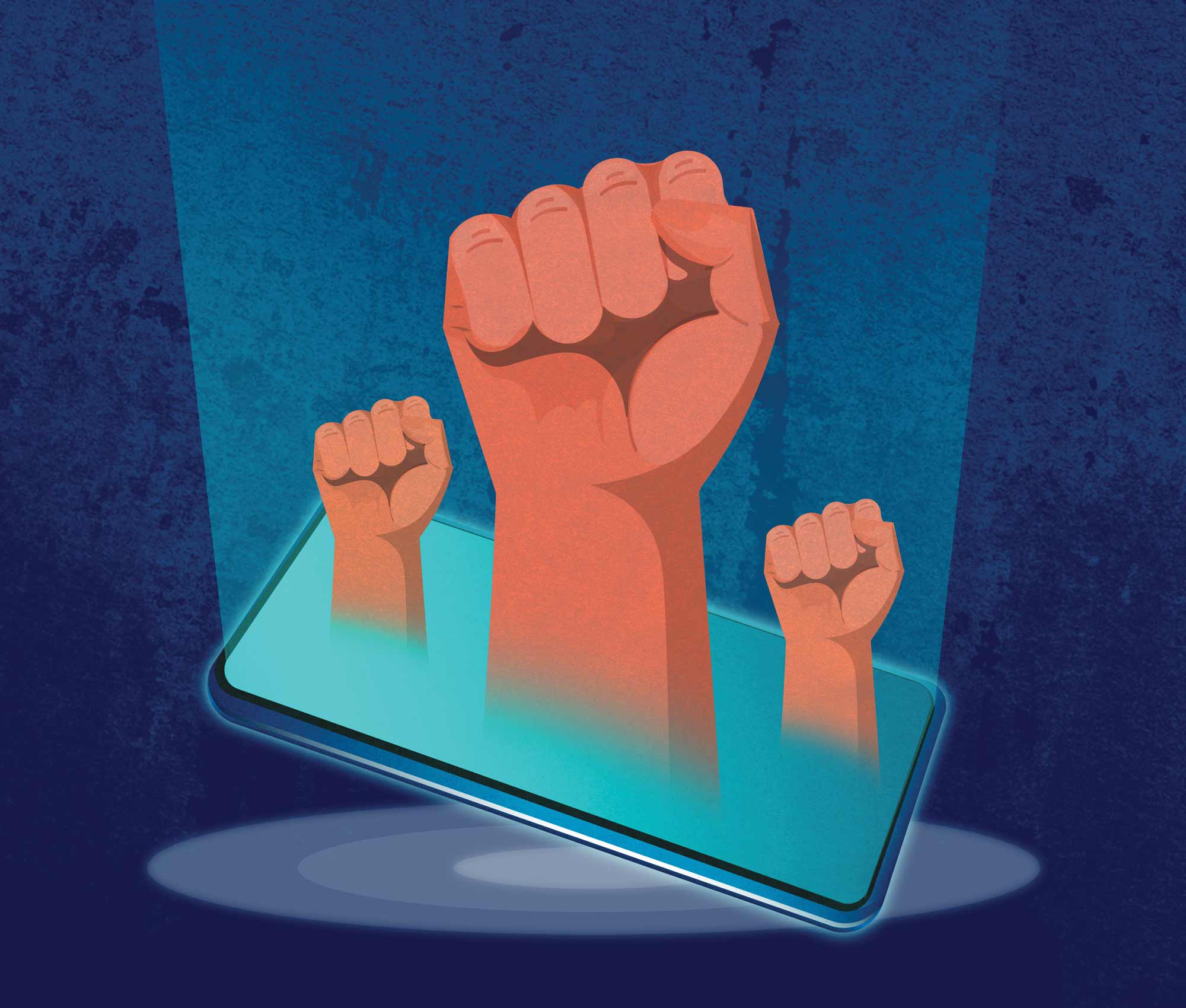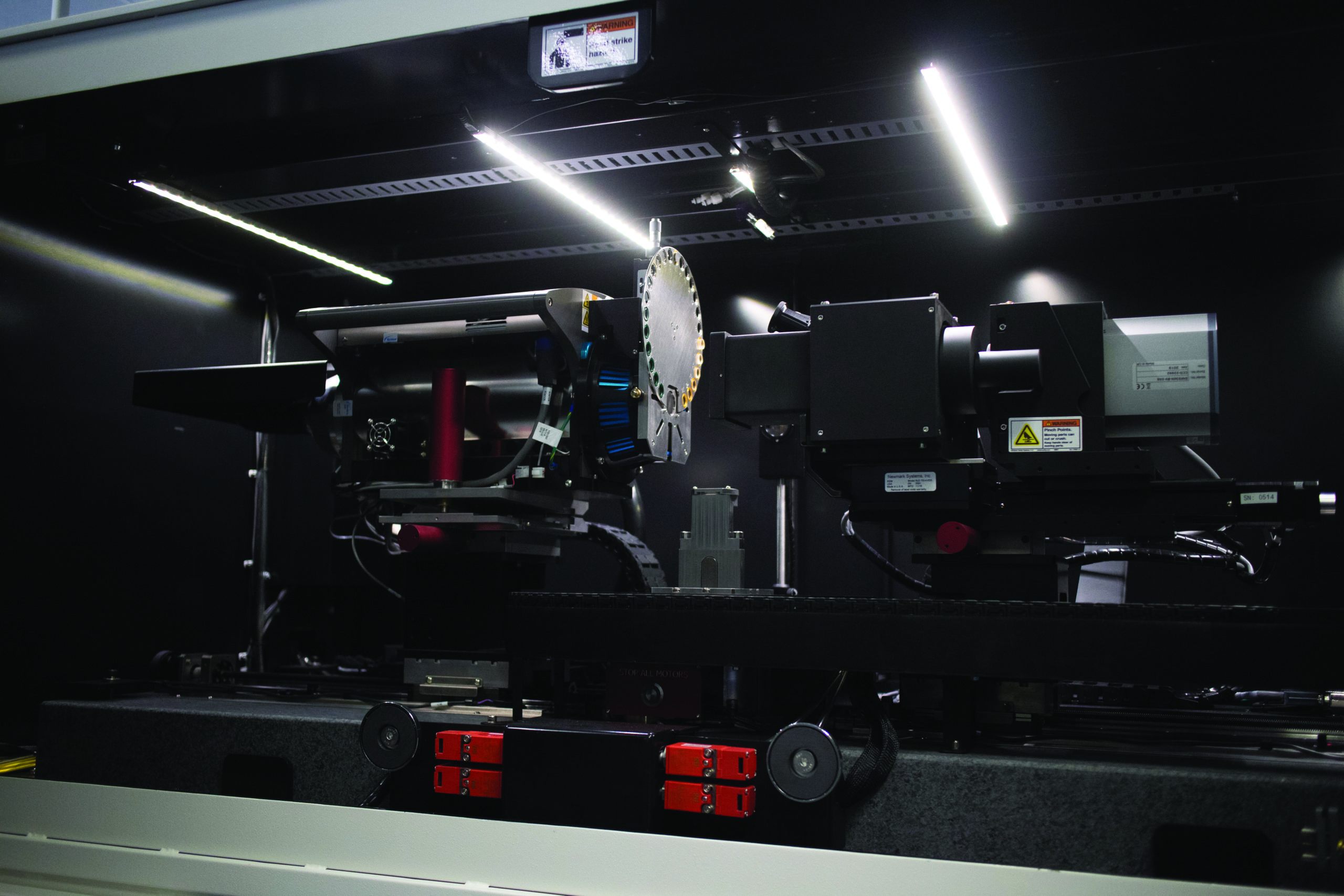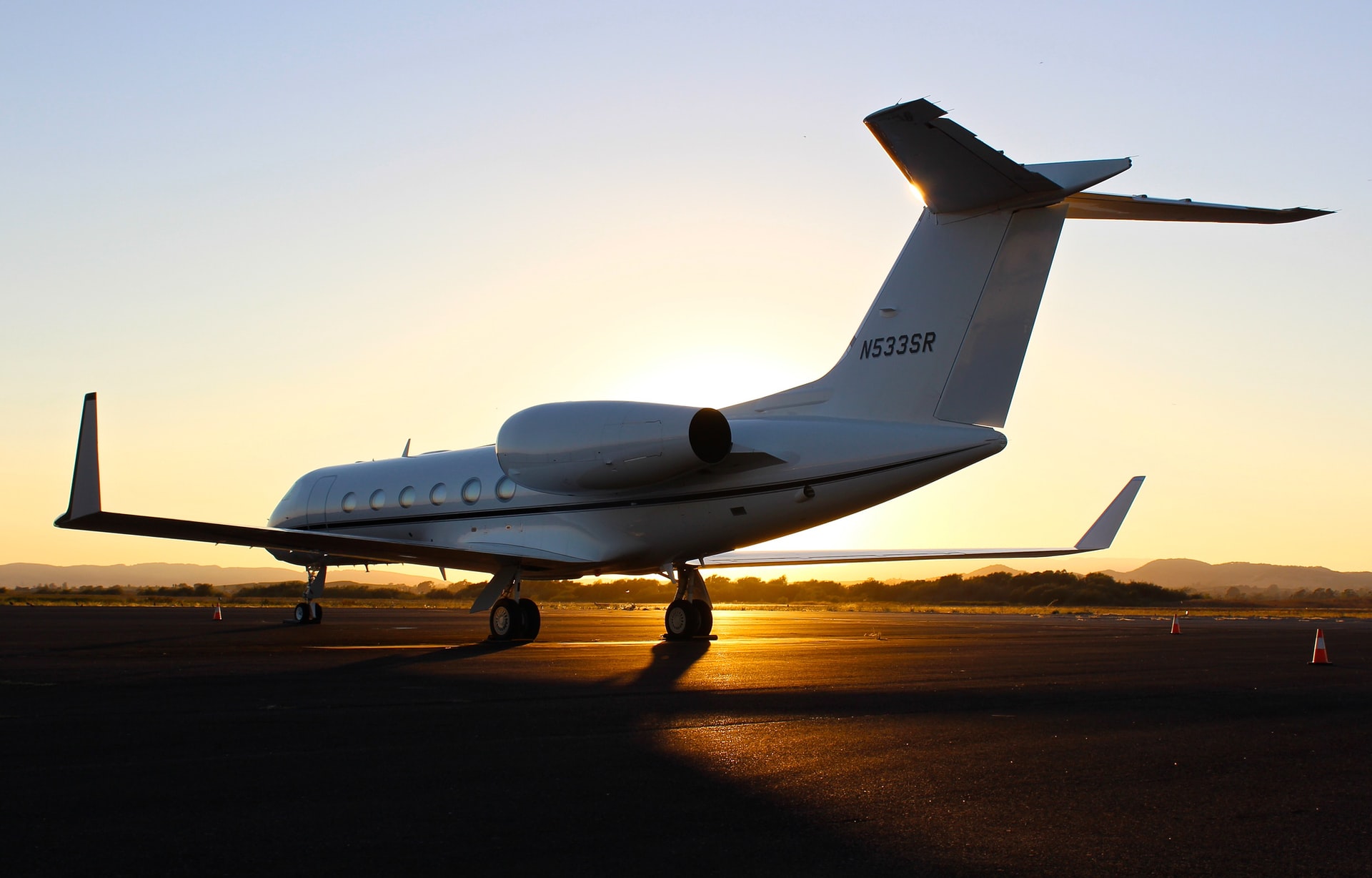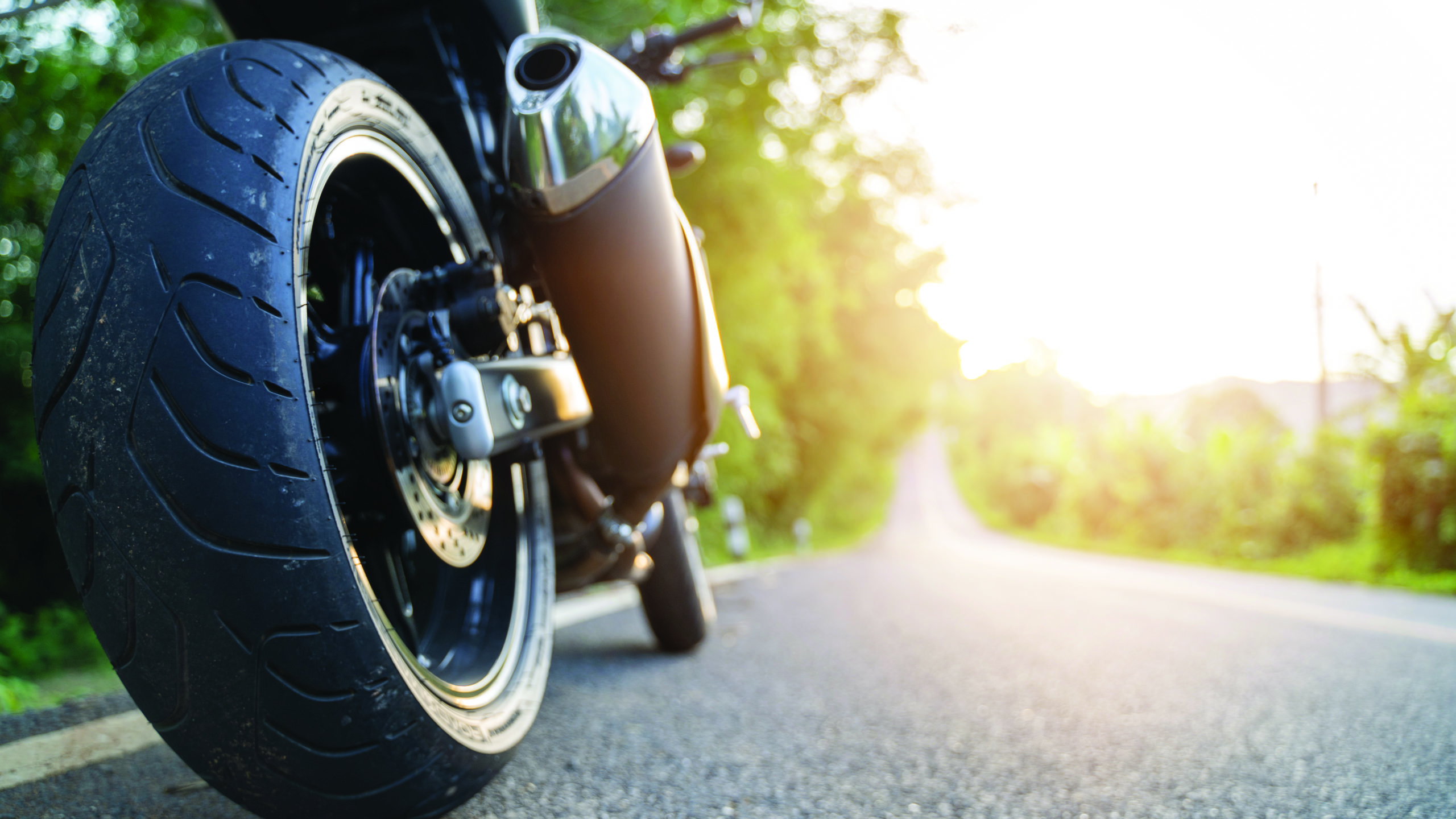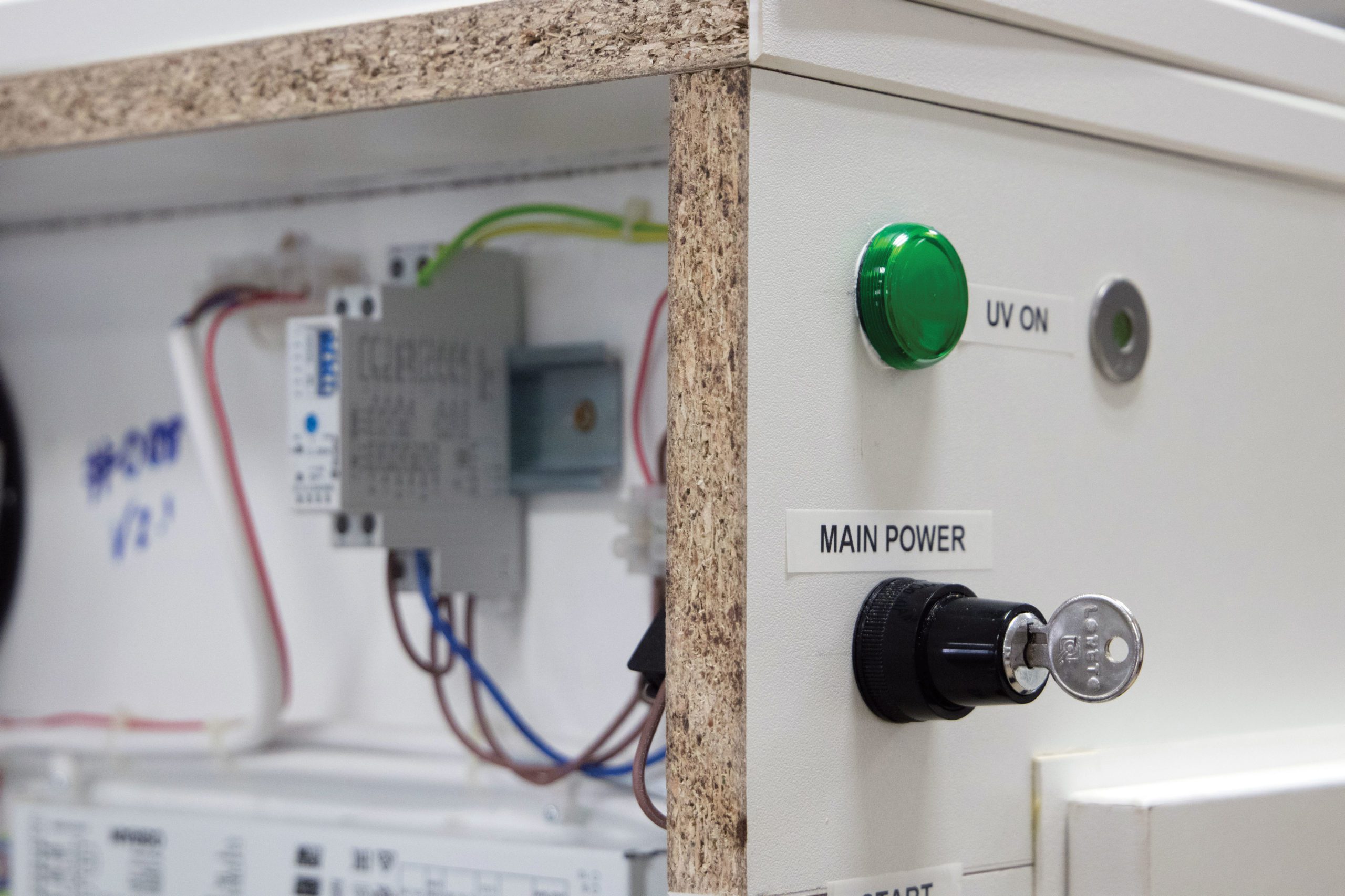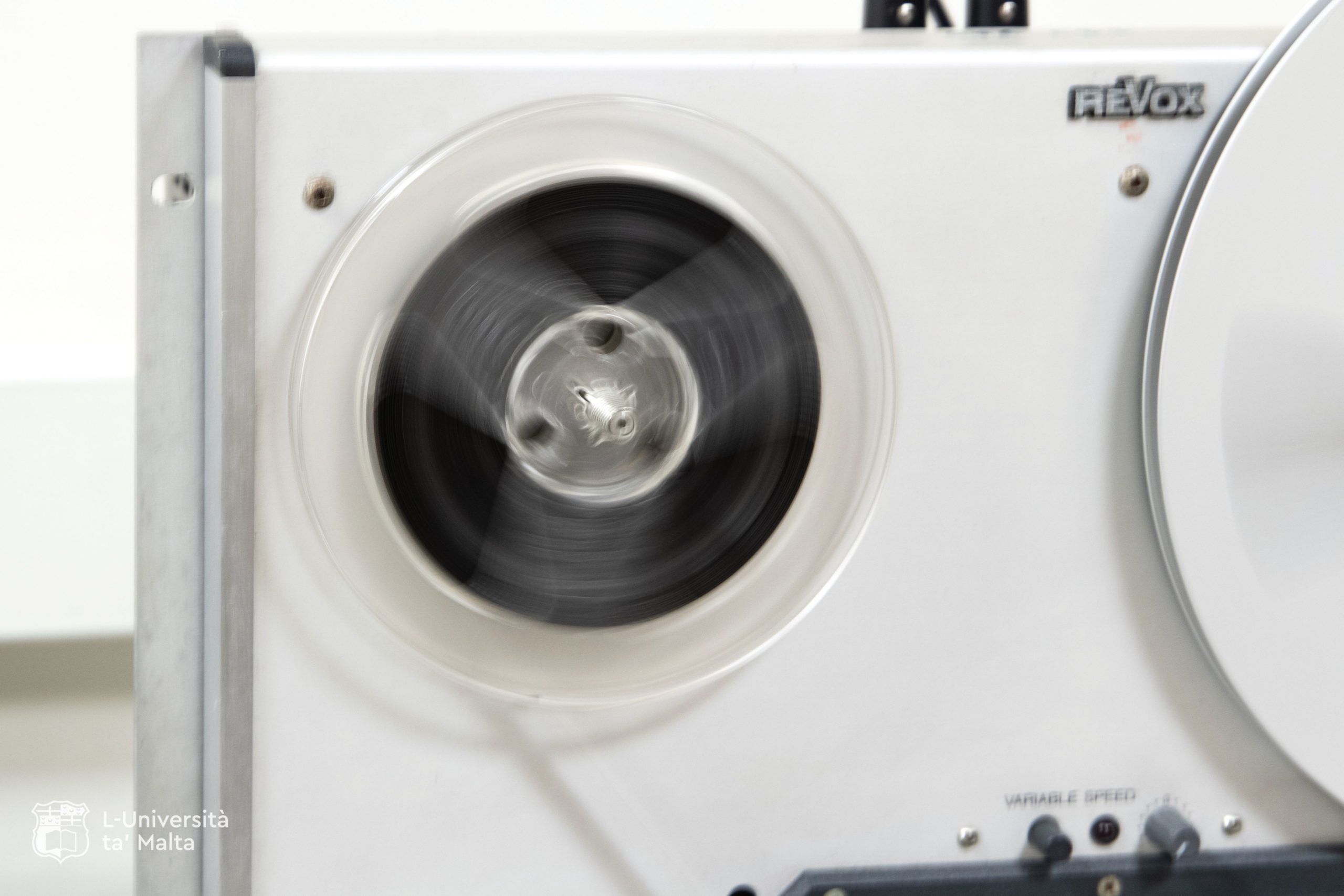Virtual assistants, such as Alexa or Siri, are gaining popularity and becoming our new family members. But these technologies are often designed with English in mind. How can we teach our virtual assistants other languages, such as Maltese? THINK’s Christian Keszthelyi speaks with Prof. Patrizia Paggio, Prof. Ray Fabri, and Prof. Albert Gatt from the Institute of Linguistics and Language Technology (University of Malta) to find out more.
Continue readingGathering kuraġġ to stand up against bullies
Malta’s first anti-bullying NGO, bBrave, has recently launched its mobile application to raise awareness on the different faces of bullying. The all-volunteer-run organisation, thanks to the supporting help of members and sponsors, is spearheading education into bullying, helping those individuals in need. By Christian Keszthelyi.
Continue readingThe crystals that really heal
Crystal engineers have the power to create bespoke materials capable of advancing many scientific and technological fields. Prof. Liana Vella-Zarb and her team at PharmaTaxis use X-Ray crystallography and their knowledge of atomic blueprints to create new ways to carry medicine around the body, leading to safer, more effective treatments.
Continue readingReducing aircraft emissions on the ground
Whether it’s your car or a Boeing 747, an engine uses a significant amount of fuel to start moving from a standstill. The KERSair Project, led by Dr Robert Camilleri (UM), is developing a technology to reduce aircraft plane emissions while taxiing.
Continue readingIt’s Time to Skill-UP Our Pilots
As the aviation industry approaches an uncertain future, skill-UP is working to address pitfalls in employee training. Andrew Firbank speaks with Dr Ing. Jason Gauci, University of Malta lecturer and coordinator for skill-UP, to learn how adaptive training programmes can overcome present challenges whilst laying the groundwork for ever-changing times.
Continue readingA Machine’s Hallucinations
Have you ever looked at a turtle and thought it was a rifle? I’m willing to bet that most of you have not. This may sound like an absurd case, but it is exactly what happened when researchers at MIT (Massachusetts Institute of Technology) were trying to find vulnerabilities in machine learning systems developed by Google. They altered a few pixels of the picture of a 3d-printed plastic turtle, and a seemingly unchanged and harmless plastic turtle was classified by Google’s algorithm as a rifle. The picture still showed a plastic turtle, so where did the algorithm go wrong?
Continue readingLab to Life: Controlling the Unpredictable on the Road
The wide open road is full of unexpected surprises, especially for motorcyclists. The slightest miscalculation can result in swerving out of control or a horrible accident. But what if there was a way to improve motorcycle safety by creating a stronger connection between rider and bike? Engineers at the University of Malta may have just found a way to build your perfect bike.
Continue readingPaging Dr. AI to Radiology
Artificial Intelligence (AI) is revolutionising the world. We have self-driving cars, algorithms determining future market patterns, and computers diagnosing disease. We believe that AI is supporting huge developments in healthcare.
Continue readingWipe your shoes and clean your mask
Face masks are the new essential accessory. Have you ever cleaned your mask and wondered if you’re doing it properly? What can front line workers do if they run out of clean masks at hospitals? Can they disinfect their single-use speciality masks, called respirators? Can they wash them like we do our cloth face coverings? Dr Ing. Marc Anthony Azzopardi, from the Electronic Systems Engineering Department, talks to THINK about how our doctors and nurses are extending their stock of speciality face masks by cleaning them in an equally special way.
While many were hoarding toilet paper for the impending apocalypse, others were planning ahead, scavenging for parts to create a machine that could sanitise face masks. The idea is to protect citizens and front line workers during the COVID-19 pandemic.
Dr Ing. Marc Anthony Azzopardi told THINK about his new invention. He has developed an electronic method of disinfecting face masks. The idea started germinating in Azzopardi’s mind in January, when some of the earliest cases began. Back then, masks started selling at €10 each. By April the price had skyrocketed to €300 — that is, if you could even find one. In Malta they were sold out!
Azzopardi spoke about N95 and N100 respirator masks, which filter at least 95% and at least 99.97% of airborne particles respectively. They aren’t usually worn by medical professionals, except when treating dangerous respiratory diseases like tuberculosis. Instead they are more routinely used by scientists and engineers when handling toxic materials and fine dusts.
These masks sit tighter against a wearer’s face, forming a seal. They are made up of several layers: an external hydrophobic layer that repels water, a stiffener layer, an electrically charged, non-woven melt-blown fabric, and finally a comfort layer on the inside. The electrical charge is applied during manufacturing. Once this charge is dissipated (through washing) the masks stop working properly.
Coronavirus is killed when washed in 70% alcohol or with bleach containing 5.25%–8.25% sodium hypochlorite. The problem is that, unlike regular cloth masks, these respirator masks cannot be washed in liquids, as they then lose their electrical charge and become much less effective at filtering particles. So how can you disinfect them after use?
Azzopardi realised that by using UV light, it was possible to disinfect the mask without affecting its electrical charge. His solution was elegant and simple: a sealed box which would store the mask and expose it to UV light from all directions — effectively creating a sanitisation chamber.
Essentially, the sanitisation chamber is an enclosure which uses a low-pressure mercury lamp to generate UV inside. Following a discussion with the Infectious Disease Unit at Mater Dei, the design evolved and was adjusted to suit the masks being used by the hospital staff.
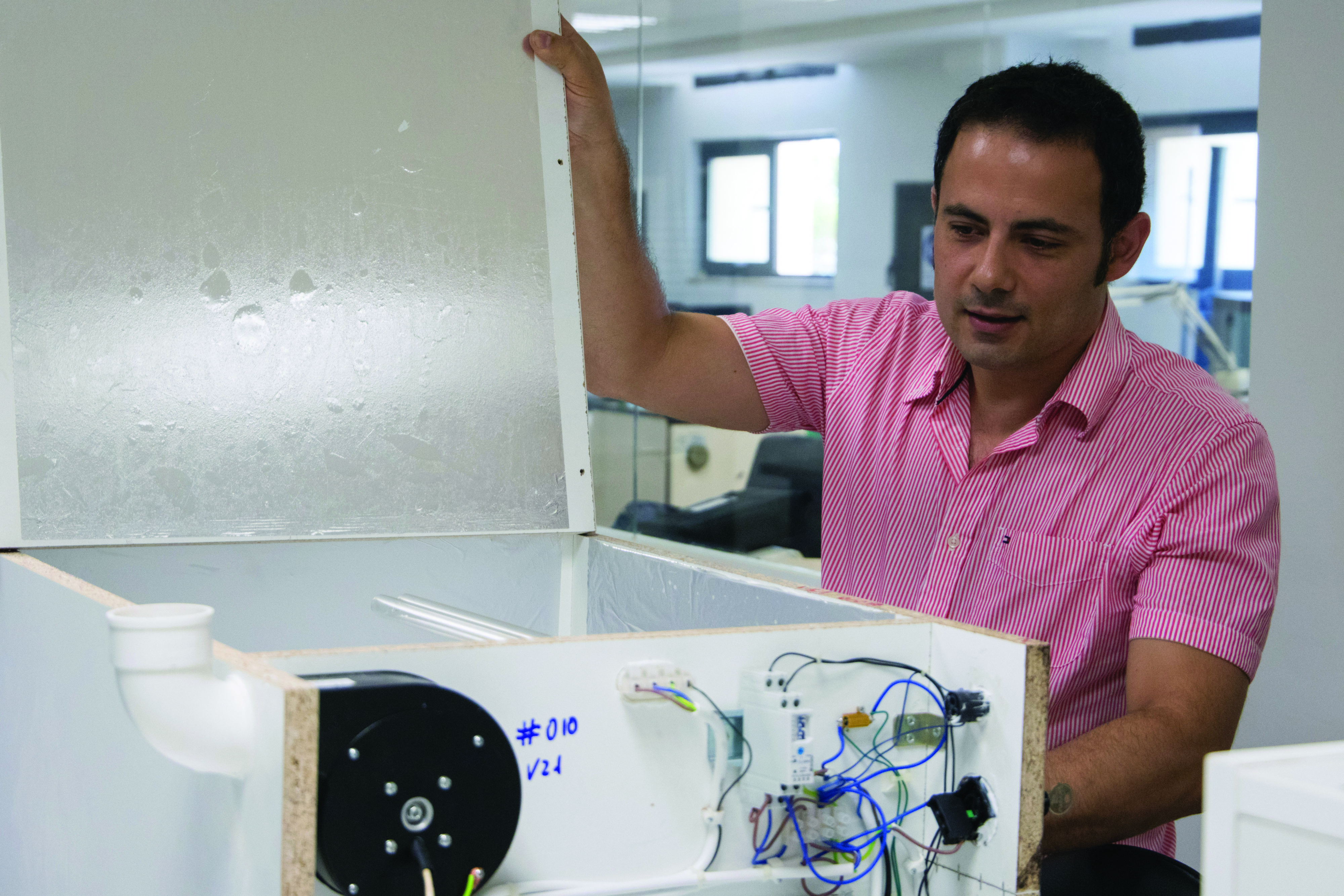
On the other side of the Atlantic Ocean, similar methods were being trialed in the US, the difference being that instead of using a box, US scientists were using a room to leave the masks hanging. The room would then be exposed to UVC through a small tower, disinfecting the face masks. Contaminated masks would be brought to this room from all over the hospital for cleaning, the hazards created by the complicated logistics notwithstanding.
Disinfection was made possible by using UV light, of which there are 3 types: UVA, UVB, and UVC. Very few organisms have evolved to resist UVC, and upon exposure, DNA gets tangled up, making it impossible for the virus to replicate in our cells. COVID-19 uses ribonucleic acid (RNA), which is also susceptible to UVC. Using UVC light at around a 260 nanometer wavelength can “inactivate” the RNA code for COVID. This makes it harmless if breathed in.
The system itself is foolproof. It prevents the user from getting exposed to dangerous UVC radiation. A timer makes sure that users leave the masks for the right amount of time. And, it tests that all of its systems are functioning before starting. When the team started building this system, they didn’t have access to UV measuring instrumentation. This meant they worked solely off calculations to get it right. However, after weeks of work, the team managed to perfect their design.
Nonetheless, face masks do not last forever. Even UV exposure can wear them down eventually, but only in large doses. You would have to get rid of your respirator masks long before the UV damage became significant, because of dirt or mechanical wear and tear breaking the mask down.
Azzopardi and his team’s efforts have helped to safeguard numerous front line workers from running short on clean supplies, and their system has earned them an award for the top solutions in response to the MDIA / Covid initiative. It is thanks to the scientific community and their efforts that we can have the technology for a safer future. However, creating that ideal future is up to all of us. Stay Safe!
Further reading
Covid-19 – Malta Digital Innovation Authority. Mdia.gov.mt. (2020). Retrieved 23 October 2020, from https://mdia.gov.mt/covid19/.
Ilħna mill-imgħoddi
Biex taqra l-artiklu bl-Ingliż, agħfas hawn.
Kaxxi fuq kaxxi, miksijin bl-għabra, jistennew is-sekondiera tagħmel ir-ronda tagħha. Is-sekondi jsiru minuti. Isiru sigħat. Ġranet. Xhur. Snin sħaħ. Deċennji, sewwasew.
Il-Prof. Edward Fenech wirithom mingħand il-Prof. Ġużè Aquilina, imma ġara li l-kaxxi u ta’ ġo fihom ingħataw il-ġenb għal ħafna żmien. Parti ġmielha mill-istorja lingwistika u kulturali tagħna konna bil-mod il-mod qed nitilfuha minn taħt imneħirna.
Mistura fil-kaxxi nstabu r-reel-to-reels li l-Prof. Aquilina, missier il-Lingwistika Maltija, kien uża biex jimmortala l-ilħna bil-kisra djalettali ta’ bosta kelliema minn lokalitajiet differenti f’Malta u Għawdex.
Illum, kulma jmur qed nagħrfu u napprezzaw il-ġmiel ta’ mużajk li jsawru d-djaletti tal-gżejjer Maltin. Iżda, sa ftit snin ilu, min jitkellem bid-djalett aktarx li kien jitqies ta’ klassi baxxa. Ħtija tal-preġudizzju, xi wħud ippruvaw jinfatmu minn dan l-aspett ewlieni tal-identità kulturali tagħhom. Il-preżenza tad-djalett qajl qajl bdiet tiddgħajjef. In-nies tħalltu fiż-żwieġ, u magħhom tħalltet il-lingwa. Min mar joqgħod f’raħal ieħor kien espost għal djalett differenti, u t-tfal bdew imorru l-iskola u jitgħallmu l-Malti standard, ‘il-pulit’, sajjem minn xi karatteristiċi li jżewqu t-taħdit.
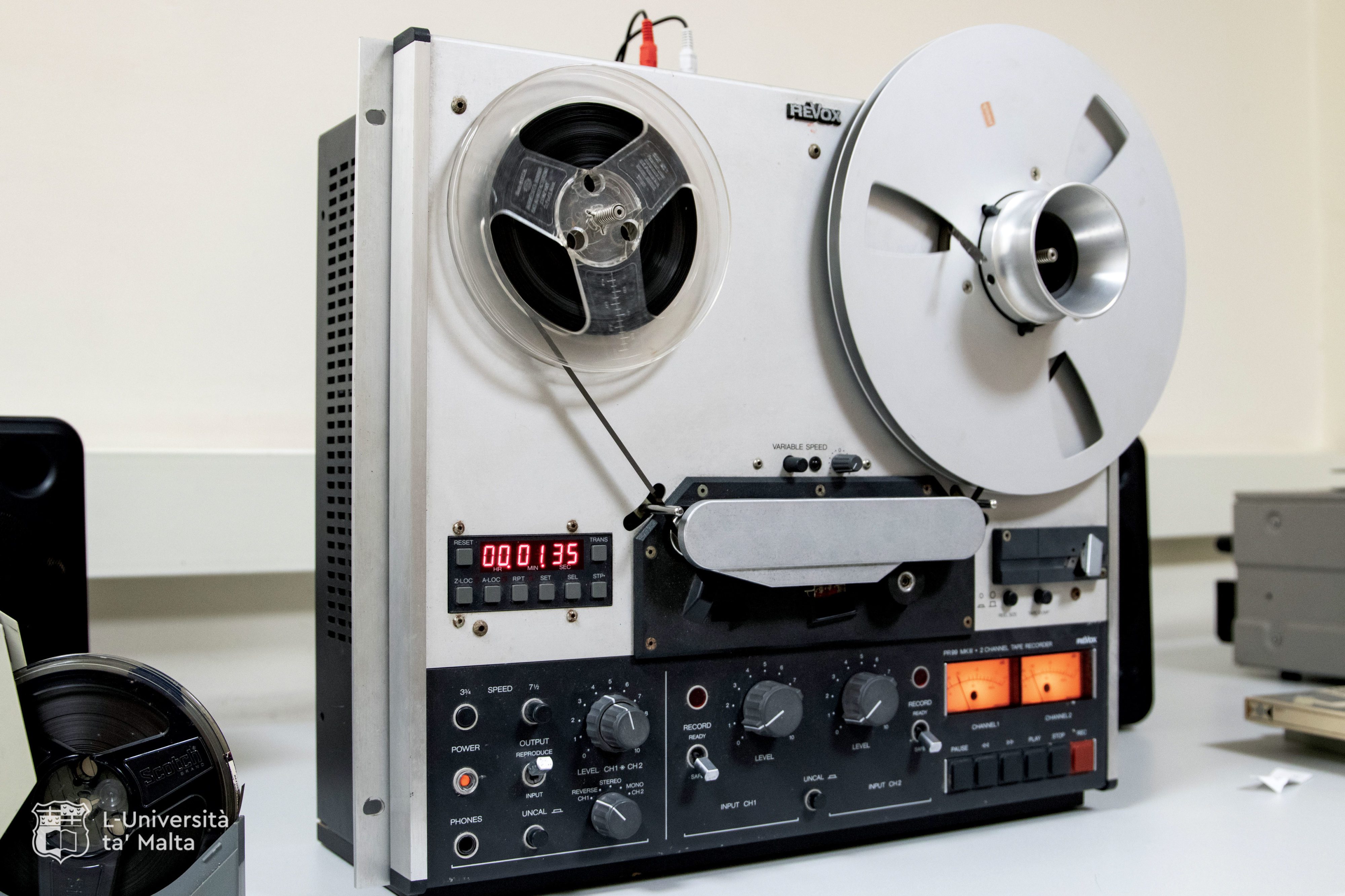
Il-Prof. Aquilina minn kmieni għaraf li ħaġa daqstant sabiħa ma kellniex nerħuha tiżolqilna minn idejna (jew ħalqna f’dan il-każ), u fis-snin sittin u sebgħin, irħielha lejn xi rħula Maltin u Għawdxin, idur bir-reel-to-reel recorder, jitħaddet man-nies dwarhom infushom, dwar is-snajja’ tagħhom, u dwar it-tradizzjonijiet li wirtu bil-fomm u bl-id. Bil-mikrofonu kien qed jaqbad il-ħsejjes u l-forom tad-djaletti, imma mhux biss. Ma’ kull intervista, kien qed jiddokumenta stil ta’ għajxien li llum jinħass tant ’il bogħod. Bl-għajnuna ta’ Benedikt Isserlin mill-Università ta’ Leeds ġabar 92 audio file b’madwar 50 siegħa taħdit djalettali, mhux kollu tal-istess kwalità. Bil-materjal miġbur, Aquilina u Isserlin fl-1981 ħarġu pubblikazzjoni li tittratta elementi fonoloġiċi tad-djaletti. Daqs tletin sena wara, John Paul Grima sema’ l-audio files wieħed wieħed, u b’reqqa kbira ddokumenta u kkataloga l-ħidma fit-teżina tal-Baċellerat tiegħu.
Fost l-ilħna li ltaqa’ magħhom Aquilina, hemm tal-iskarpan mill-Għarb, li, hu u jmertel il-ġild, jispjega l-proċess tal-ħjūta bl-aktar ġild fin Ingliż. Tħaddet mal-għaġġiena mix-Xagħra, li tispjega kif ħobża titwieled mid-dqiq, tingħaġen u tinħadem sakemm issib ruħha fuq it-tilar, lesta biex tinħema. Tkellem mar-raħħala Żurriqija fuq kif iġġiżż in-nagħġa biex tħaffilha s-suf, fuq nagħġa żgħira li għad ma kellhiex ħaruf (għabura), u n-nagħġa li qatt ma kellha (ħawlija). Skopra kif ix-Xlukkajri jaħslu l-ħwejjeġ bl-ilma salmastru fil-Fawwara tal-Ħasselin, u sema’ kif tinħadem u titħejjet il-bizzilla f’Ta’ Sannat, skont il-bixra li l-lingwa tieħu f’kull post.
Dan il-materjal prezzjuż inżamm f’kaxxi li maż-żmien għoddhom intesew. Kien b’kumbinazzjoni li wara ħafna snin ir-reel-to-reels sabu ruħhom fl-istudio ta’ Anthony Baldacchino. U minn hemm, fuq l-inizzjattiva tal-Prof. Alexandra Vella, beda l-proċess biex il-materjal maħżun fihom jiġi ddiġitalizzat. Xejn ma kien faċli li l-kontenut tar-reel-to-reels l-antiki jinqaleb f’format diġitali. Illum, l-ilħna tal-imgħoddi f’dan il-format, ftit ftit qed jittellgħu fil-portal tar-riċerka malti.mt, li d-Dipartiment tal-Malti se jniedi fix-xhur li ġejjin, ħalli jkunu aċċessibbli għall-istudjużi u għal kull min għandu interess fid-djaletti, is-snajja’ tradizzjonali, u b’mod ġenerali l-ħajja fl-ewwel snin ta’ wara l-Indipendenza.
Bis-saħħa ta’ dan il-proġett, ikkoordinat mill-Prof. Alexandra Vella, il-Prof. Ray Fabri u Dr Michael Spagnol, dan il-felli tal-istorja tagħna jista’ jitgawda mill-pubbliku u jiġi studjat mir-riċerkaturi ħalli nifhmu aħjar il-qagħda lingwistika tant rikka fil-gżejjer żgħar tagħna. Għax dawn l-ilħna jsawru ħolqa f’katina li tixhed li, għalkemm minn fuqhom m’għaddewx aktar minn ħamsin sena, il-ħsejjes, ir-rakkonti, l-għerf u d-drawwiet li fihom inewlulna pinzellati minn ħajja li m’ilha xejn imma ilha ħafna.


